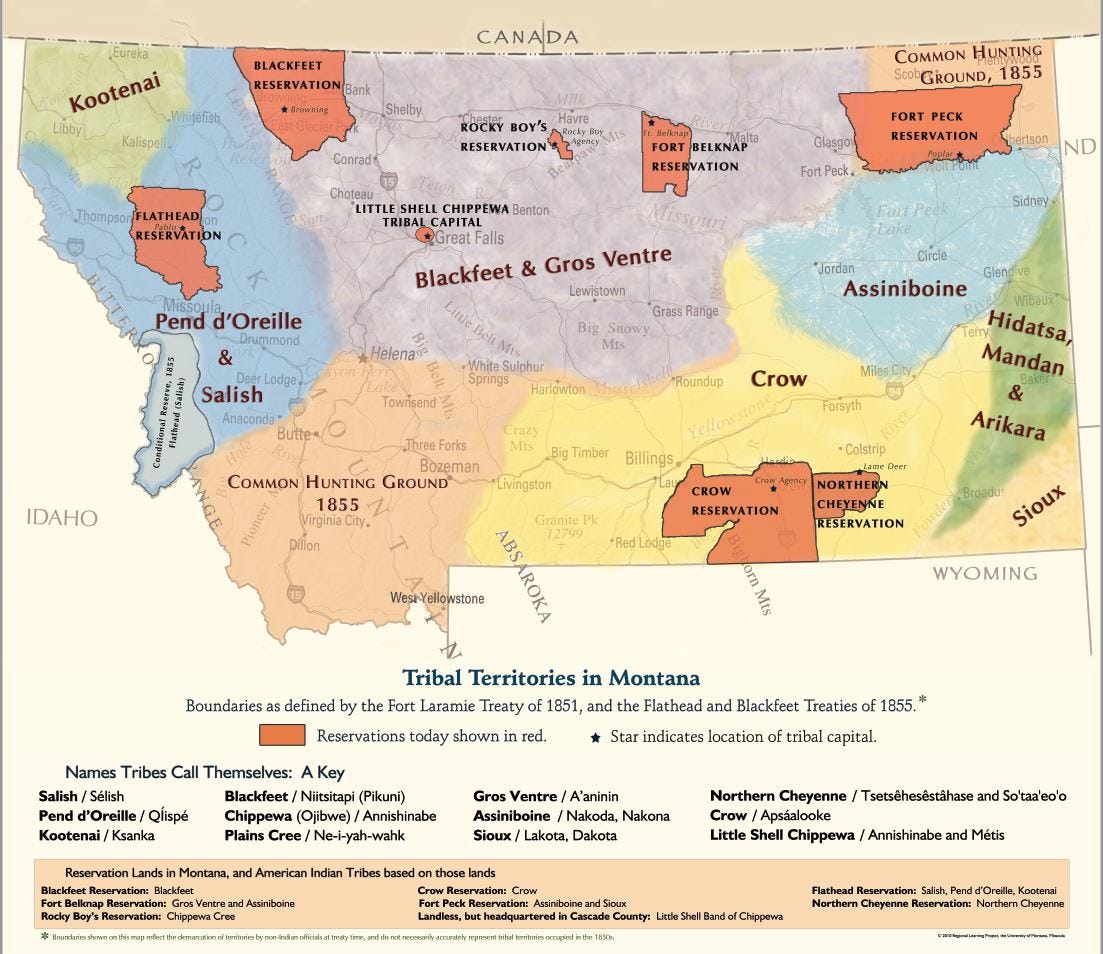
Pursuing Shalom on Behalf of America's Indigenous Peoples
For February’s Second Drafts podcast, Peaches and I sit down with Nick Ross, American Indian/Alaskan Native Student Success Program Manager for Montana State University. Nick and I talk about his Native American heritage, how he grew up on a reservation, what he does working with indigenous students on campus, and why he came to Christ and serves as a deacon at Trinity Church despite American colonization’s abuse of Christianity, often to the detriment of his people.
About Nick
Nick Ross comes from the small community of White Swan, located on the Yakama Indian Reservation in Washington State. A graduate of Montana State University, Nick earned his degree in Philosophy with a minor in Native American Studies. While a student, Nick was very active in the community, serving in leadership with MSU’s American Indian Council, Nations, and as a representative in the ASMSU student government. As a part of the American Indian/Alaskan Native Student Success at MSU, Nick works daily on the ground with students, programming educational, cultural, and social initiatives designed to engage and equip the 800 Native American students to grow in their confidence, awareness, and flourish while at MSU. Nick is also a member and serves as a deacon at Trinity Church in Bozeman.
From the FAQ at “Indian Education for All in Montana for One MSU”
A few frequently asked questions about Montana’s American Indian People.
What is a reservation? A reservation is a territory reserved by tribes as a permanent tribal homeland. Some reservations were created through treaties while others were created by statutes or executive orders. Most often, reservations are comprised of part of a people’s pre-contact homeland.
Which term is more appropriate to use, American Indian or Native American? When referring to the indigenous peoples of Alaska, Hawaii, or the 48 contiguous states of the United States, it is appropriate to use the terms “Alaska Native,” “Native Hawaiian,” and “American Indian” respectively. While the term “Native American” came into usage in the 1960s, most tribal groups in Montana refer to themselves as “American Indian.” “Indigenous” is a term that has recently come into common usage in national and international realms, but being as tribally specific as possible is always the best approach to using the correct terms of identification and description.
Are American Indians citizens? Yes, American Indians are citizens of the tribal group of which they are a member. American Indians became citizens of the United States in 1924 through the American Indian Citizenship Act and are also citizens of the state in which they reside.
What is the relationship between the United States and the tribes? The relationship between the tribes and the United States is one of a sovereign government to another sovereign government. This principle has shaped the entire history of dealings between the federal government, the states, and the tribes. The US government entered into treaties with tribal governments that exchanged tribal lands for federal protection and services. These treaties still form the basis of much of the Tribal-Federal relationship. This relationship is established in the Constitution of the United States. The US Supreme Court, through many cases, has established the US Constitution Commerce Clause, Article I, Section 8, as the basis of the Tribal-Federal relationship. The Commerce Clause states, “The Congress shall have the power to …regulate commerce with foreign nations, and among the several states, and with the Indian tribes.
For answers to more frequently asked questions like these, as well as a full list of Montana tribal groups, go to Montana's American Indian People FAQ.
Tribal Territories in Montana










